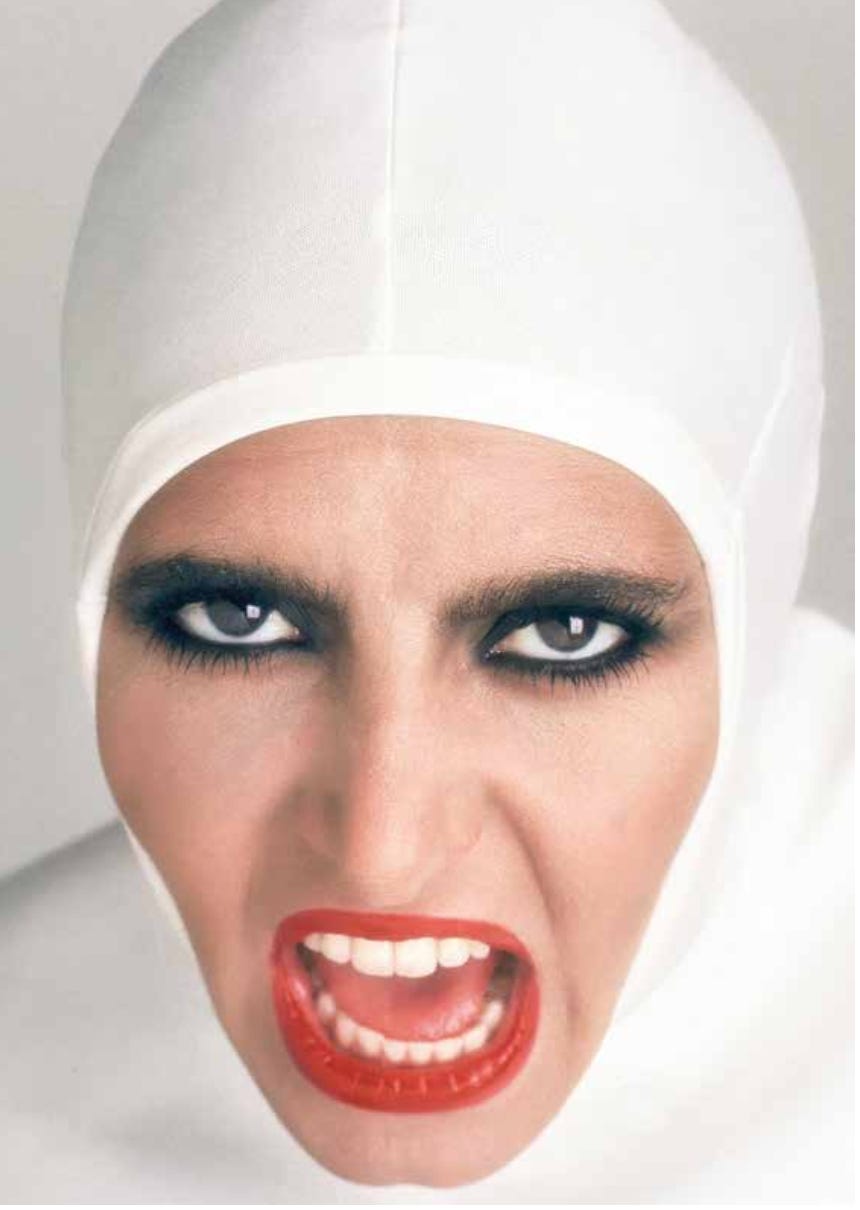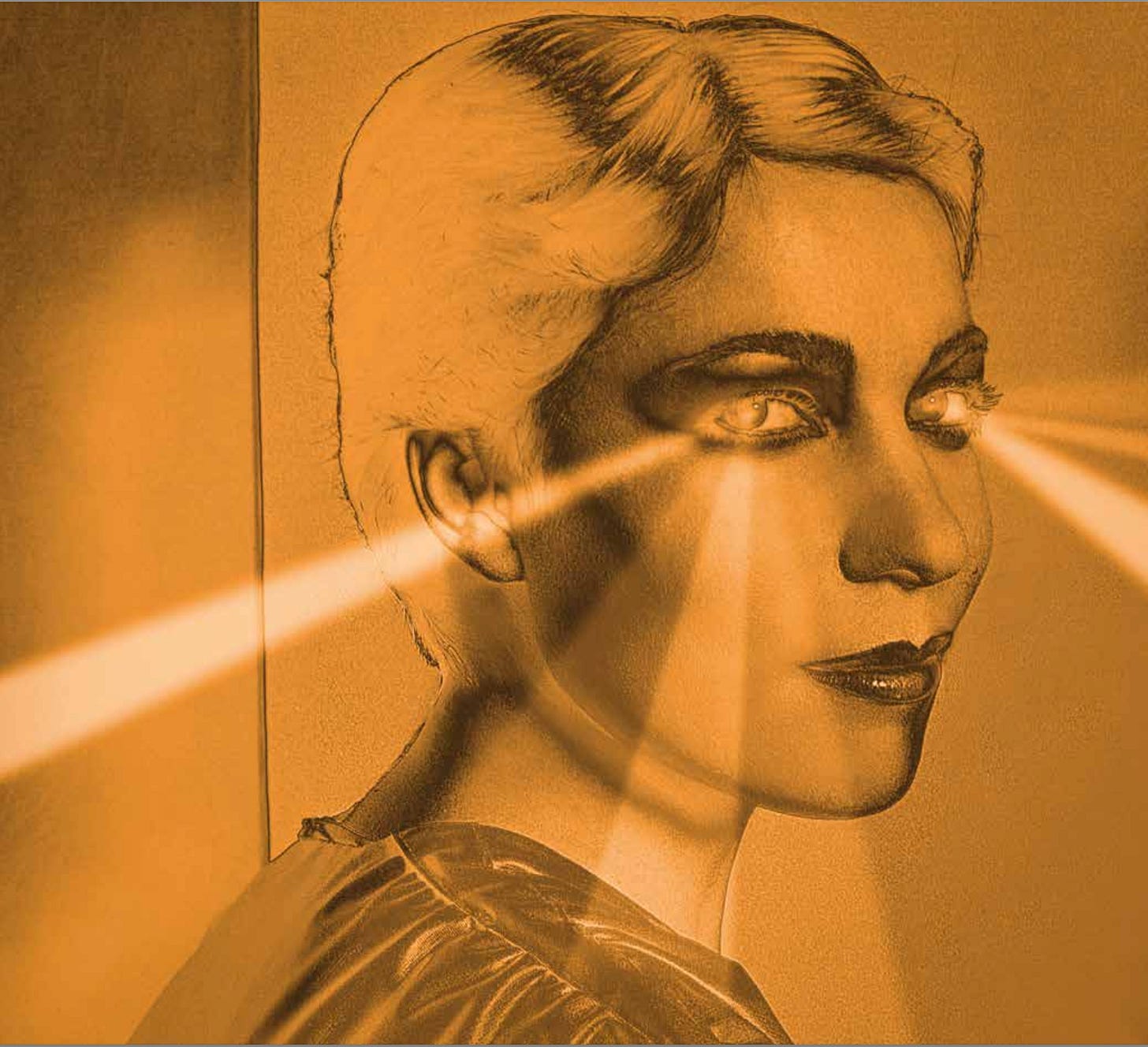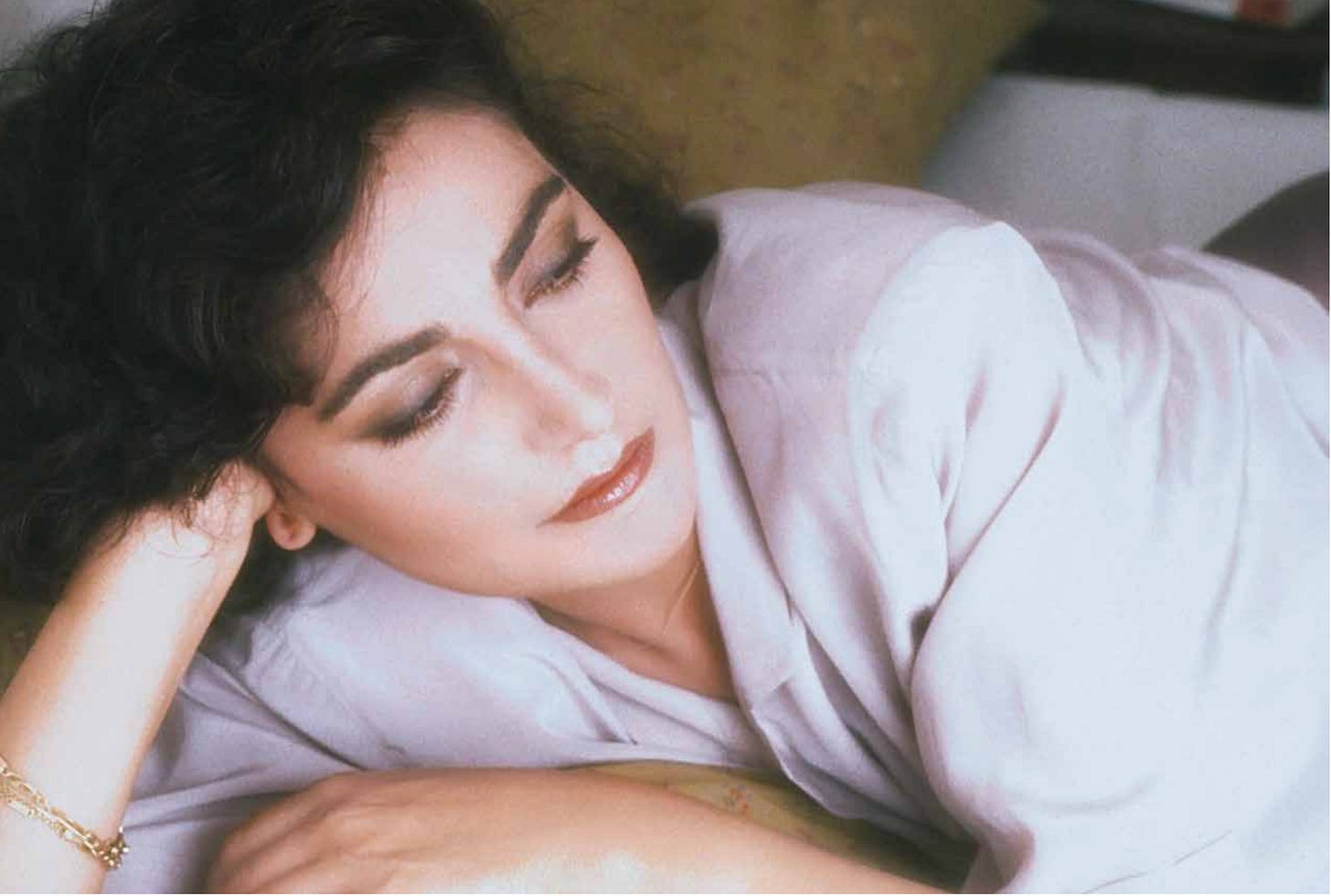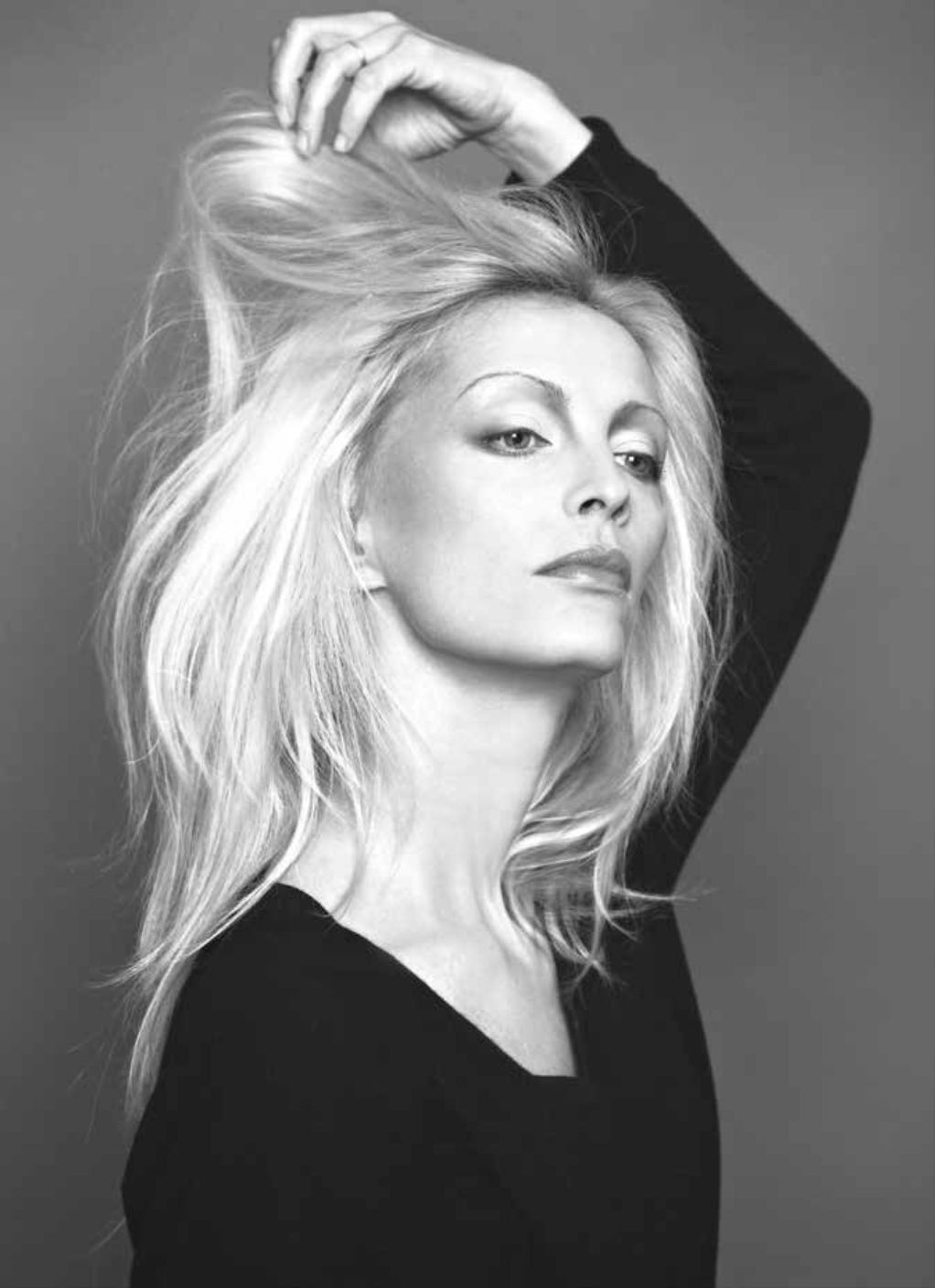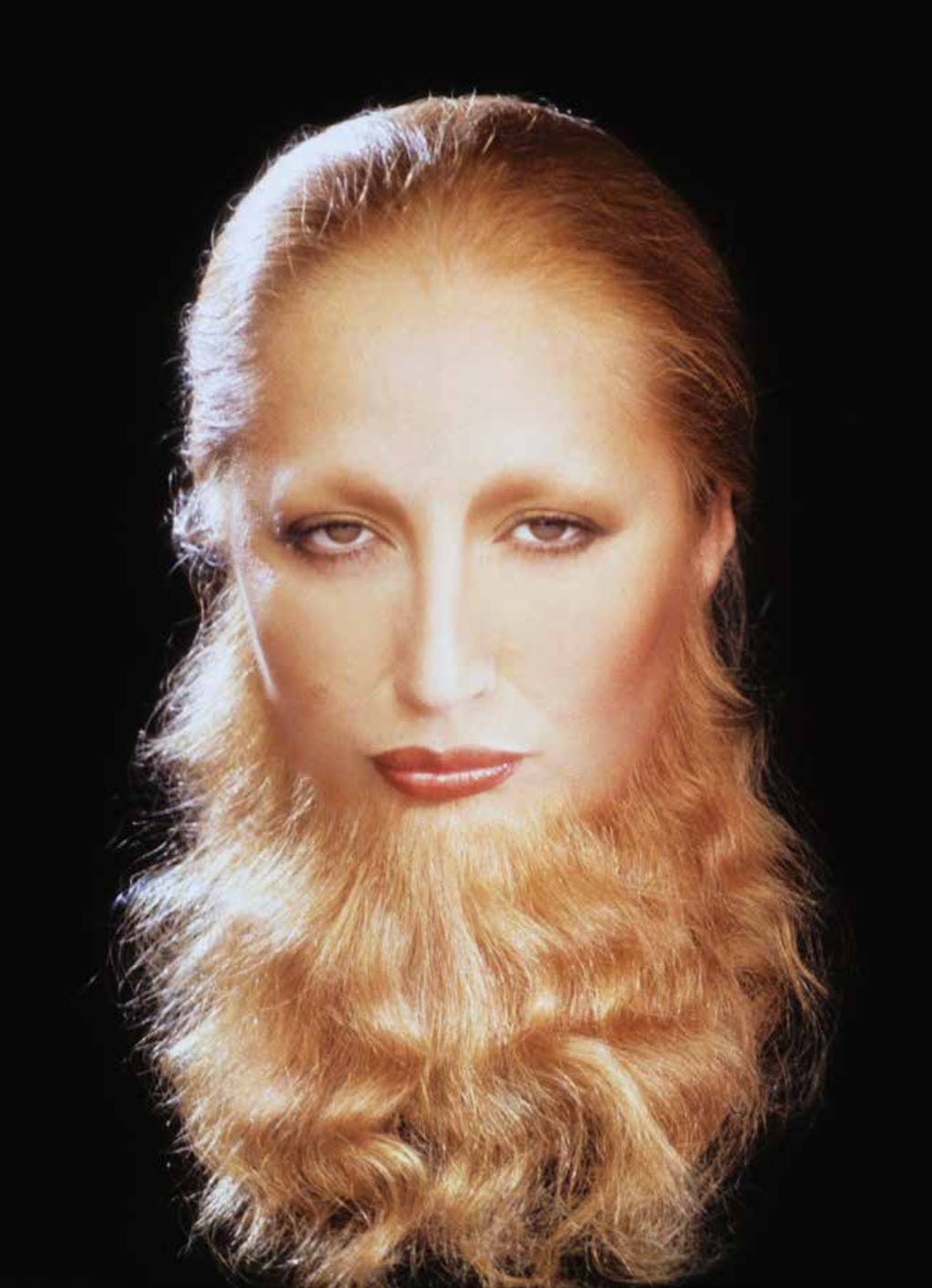Italian Disco Visual Stories: The Work of Mauro Balletti
An overview of the work of the photographer behind some of Italy’s most notable albums
Italian music exists in synergy with visual culture, as the most prominent artists always crafted a very distinct visual identity for themselves. And while costume designers, set designers, and TV show or music-video directors largely contributed to this component, we cannot understate the importance of photographers, animators, and illustrators.
The case of fine artist and photographer Mauro Balletti is emblematic. His lens captured the likes of Italy’s most prominent music artists, in a series of portraits and full-figure shots that openly reference cinema and art history, in line with his own artistic background. In his recent book I protagonisti della musica italiana, we are offered an overview of his opus.
His is the cover of Loredana Bertè’s 1982 album Traslocando, where she pairs a nun’s habit with glam-rock makeup, complete with a heavy smokey eye and red, lacquered lipstick.
His portraits of Ornella Vanoni, mainly the ones from 1974 shot around the album A un certo punto, convey an aristocratic demeanor, emphasized by the warm color palette he chose and which is reflective of Vanoni’s coloring.
Giuni Russo (read about her in our “Summer Hits” feature), whose featured photo is the cover of the 2021 tribute album Aliena: Giuni dopo Giuni, appears in her cosmic-queen mightiness, with beams shooting from her eyes, in line with the image she cultivated alongside her collaborators Giusto Pio and Franco Battiato.
The photographs of Mia Martini, shot between 1976 and 1981 for her album Mimì, focus on the singer’s eyes: whether they’re downcast, fixed onto the viewer, or captured in a longing stare, they become the focal point of the portraits, which are otherwise intimate and pared down.
Patty Pravo, shot for the 1990 album Pazza idea eccetera eccetera, becomes the embodiment (if not the precursor) of 1990s minimalism: while she had always paraded high-octane costumes that spanned genres such as “Old Norse Priestess” and “Creature from Outer Space,” on this occasion she wears only a V-neck sweater paired with ankle-length pants and a pared-down makeup look, with her platinum hair as the main accessory. Still, her otherworldliness remains, albeit in a more metaphysical sense. “Born a diva, fell on Earth, like David Bowie,” reads Balletti’s liner note.



